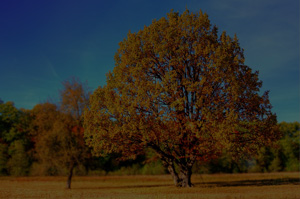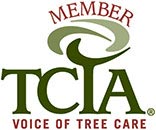The bees are buzzing, the warm wind is blowing and the hot sun is shining down. It’s summer. And if part of your home’s landscape includes a fruit tree, you’re probably seeing some nice new growth.
This is definitely the time of year to be on top of your fruit tree’s care so you can prevent insect, disease, and weather-related problems.
Prune
Regular pruning helps trees live longer, happier lives. While most fruit tree pruning happens in the late winter, some can be done in the summer, too. The National Gardening Association (NGA) recommends pruning any new branches that are growing from the base of the tree (suckers) or straight up from horizontal branches (water sprouts) before mid-summer. These branches won't form fruits and will usually crowd other branches, which increases the incidence of disease and insect problems.
Inspect Often
Regularly check your tree’s branches, bark, leaves and the developing fruits for signs of insects or disease. If you find something, apply the appropriate organic controls to remedy the problem.
Keep Them Watered
It’s best to water deeply and infrequently, rather than shallowly and frequently, according to the NGA. For trees on sandy soils, water every one to two weeks with enough water to sink down 2 feet. On clay soils, water every two to three weeks.
Obviously, the frequency will depend on weather conditions: water less during rainy times and more during droughts.
Mulching and Fertilizing
Organic mulch will help conserve water, provide organic matter to the topsoil, control weeds and ultimately help your tree produce better results. The NGA recommends spreading at 2- to 3-inch layer of mulch over the root zone and a few inches away from the trunk.
As for fertilizing, the amount you do will depend on how well the tree is growing. Adding compost around the base of young fruit trees (again, a few inches away from the trunk) and at the drip line of older trees, is always a good practice, the NGA says.
Thin it Out
Your tree will likely produce more fruit that the tree itself can support. Thinning fruits eliminates diseased or insect-infested fruits, reduces fruit load, prevents branches from breaking under excessive weight, and prevents alternate year bearing which is common on some fruit trees varieties, the NGA states.
Definitely leave the largest and healthiest looking fruit on the tree, and wait until after the natural drop that every fruit tree experiences.
Spread the Branches
For young trees, you can encourage strong branch or crotch angles be spreading branches. According to the Urban Tree Foundation, wide-angled branch attachments are stronger. You can use wooden spreaders placed between narrow-angled branches to slowly force them apart, or take fishing line with weights attached and tie them to ends of smaller branches needing to grow more horizontally.
Proper care of your fruit trees will help them live longer and produce better, bigger fruits. If you have questions or want an arborist to take a look at your tree, contact Precision Landscape & Tree.











